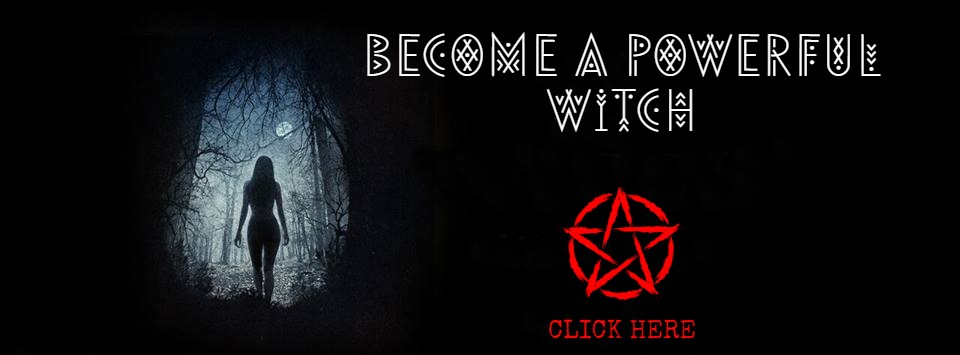The stereotypical image of a witch is that of an ugly, old hag wearing a tall, black, pointed hat with a broad brim. The origin of this stereotype is not certain. In medieval woodcuts, witches are shown wearing various costumes of the times, including headscarves and hats of different fashions, many are shown bareheaded, with locks flying in the wind.
It is possible that the witch’s hat is an exaggeration of the tall, conical “dunce’s hat” that was popular in the royal courts of the 15th century or the tall but blunttopped hats worn by Puritans and the Welsh. No matter what the fashion, pointed hats were frowned upon by the Church, which associated points with the horns of the devil.
Brimless, conical hats have been associated with male wizards and magicians. It is possible that an artist, somewhere along the way, added a brim to make the hats more appropriate for women. By Victorian times, the tall, black, conical hat and the ugly crone became readily identifiable symbols of wickedness in illustrations of children’s fairy tales.
Another possibility is that the witch’s hat may indeed go back to antiquity. Ancient Etruscan coins from the city of Luna have a head on one side which may be the goddess Diana, who is associated with witches. The head wears a brimless, conical hat. most contemporary Witches go bareheaded or wear ritual headwear such as headbands with a crescent moon or other religious symbol positioned on the forehead. In rituals in which Goddess and Horned God are represented, the high priestess may wear a headband crown, and the high priest a helmet with horns or antlers.
SEE ALSO:
SOURCE:
The Encyclopedia of Witches, Witchcraft and Wicca – written by Rosemary Ellen Guiley – Copyright © 1989, 1999, 2008 by Visionary Living, Inc.

